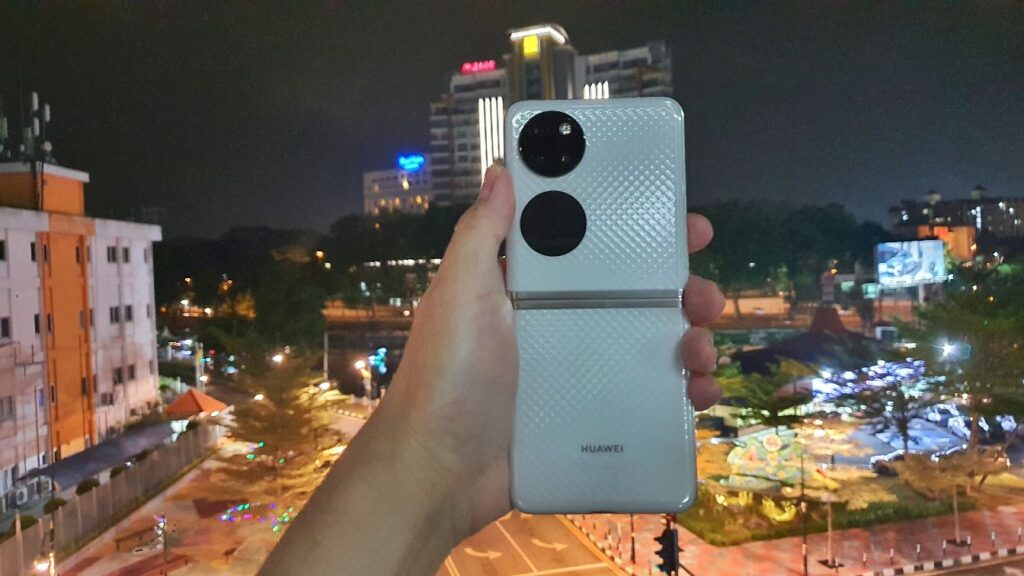
Here’s how Huawei XD Optics and XD Fusion Pro True Chroma cameras in the P50 Pro and P50 Pocket offer superior photography performance
Smartphones have come a long way from their first humble beginnings when they were installed as little more than a novelty on early generation feature phones sometime in the early 2000s.
Evolving from camera quality barely better than a vague pixel-smeared blur, smartphone cameras today have become so powerful and so ubiquitous the humble compact camera virtually extinct and allowing novices to take decent shots. This has resulted in a veritable explosion of photography with an estimated 1.5 trillion photos that will be taken in 2022.
Granted, a smartphone camera isn’t going to outgun a full fledged professional grade DSLR camera anytime soon in the next few years but a smartphone camera is vastly more portable, a whole darned lot cheaper and, as one wise soul once said, ‘the best camera is the one you have on you’. Of course, the question remains, how did smartphone cameras get this good?
Better smartphone cameras? Exceeding the limits of hardware
Table of Contents
With every passing year, smartphone cameras get better and better on account of improved, more compact camera sensors that let in more light and improved lenses that offer better detail.
Along the way, smartphone manufacturers have also picked up a few unique tricks to add in features that are typically the province of full fledged cameras like optical zoom by doing it like a periscope; mounting it sideways means that a smartphone camera can be flush with the casing rather than sticking out like a rifle barrel which is never a good thing for something meant to be stored in a pocket.
However, there’s only so much space in a smartphone for the traditional hardware required of a camera and realising that, Huawei has adopted multiple approaches to offer high-end camera performance in a compact smartphone and their new P50 Pro and P50 Pocket are the latest fruits of their research with a new Huawei XD Optics and Huawei XD Fusion Pro True Chroma image engine that take smartphone photography to new heights .
A Walk Down Memory Lane – from the P9 to the P50 Pro
Early on, they realised the demand and need for high-performing camera smartphones and inked a deal with Leica in 2016 that saw the camera titan working with Huawei to create their next generation of smartphone cameras.
What became Huawei’s piece de resistance and magic sauce though wasn’t just hardware, it’s the fact that they were one of the first to leverage computational photography to deliver better shots.
By using artificial intelligence to identify a scene be it a cat, dog, food or scenery, the AI is then able to more intelligently tweak the settings on the fly to ensure better results. The end result? A great photo with one press of a button.
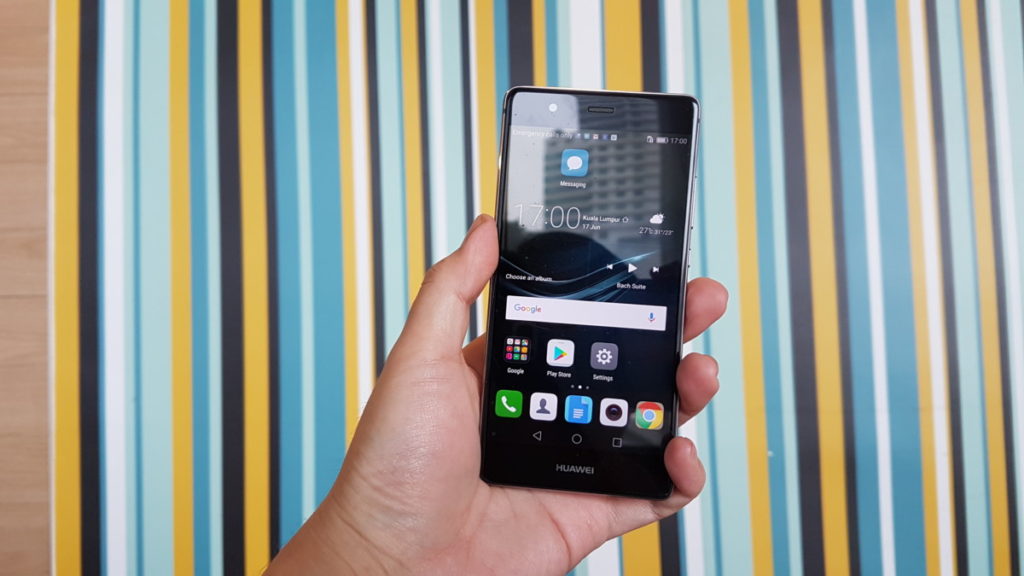
The Huawei P9 is one of the first phones made in collaboration with Leica back in 2016
The fruit of their efforts was the first Huawei P9 in 2016 which saw a dual 12MP camera array made in collaboration with Leica with one being a colour sensor and the other being a mono sensor along with a Summarit Leica lens. For its generation, it was capable of some breathtakingly impressive shots and we managed to test it back then in our review here.
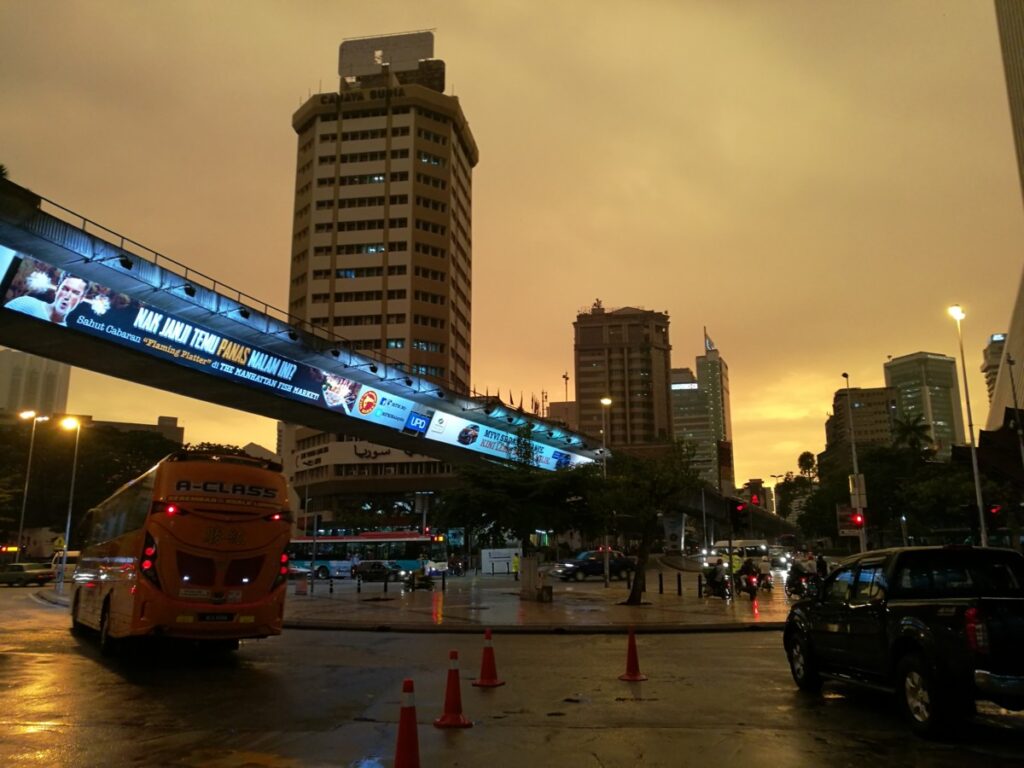
Captured with the Huawei P9 back in 2016
From there, Huawei kept working at improving camera performance and the Huawei P10 launched in 2017 introduced an enhanced 20MP and 12MP dual camera array with a ’Leica portrait mode’ too for better mugshots.

The Huawei P10 improved on a host of features to offer enhanced camera quality
The year after in 2018, the Huawei P20 was one of their first phones that implemented a neutral processing unit (NPU) that not only offered computational photography but also helped with better electronic image stabilisation for steadier shots especially at night.
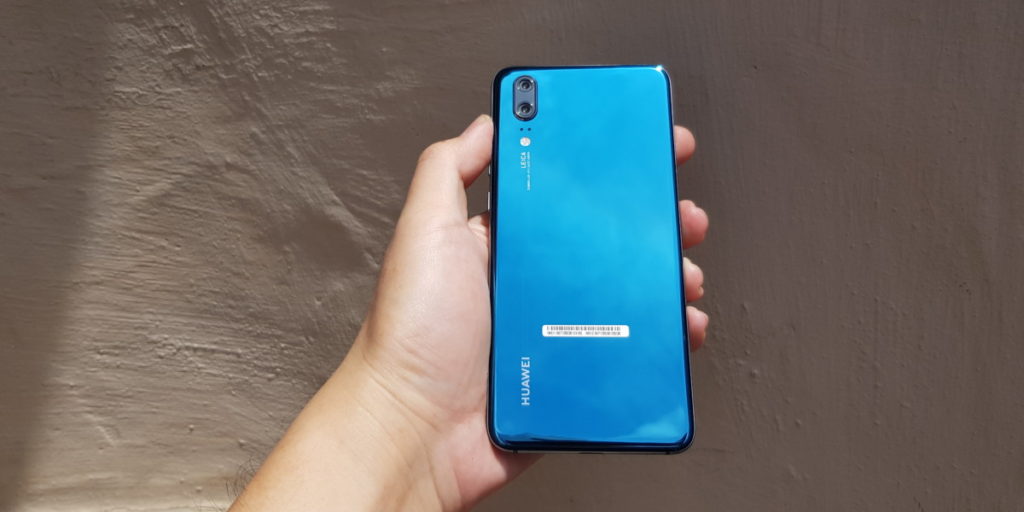
The Huawei P20 was the next step in computational photography with an NPU
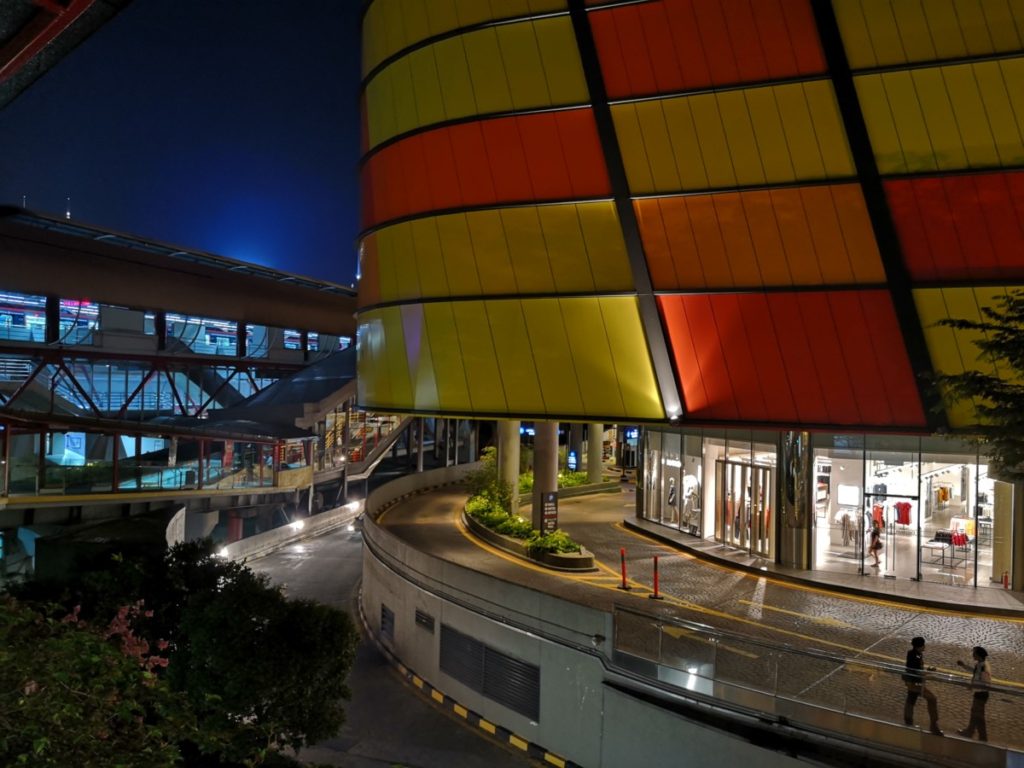
The Huawei P20 and its new NPU was capable of great night photography for its time
The following year, their Huawei P30 added a periscope lens that offered a whopping 5x optical zoom, a SuperSensing Sensor for better light sensitivity and performance as well as an RYYB filter for even better low light photography.
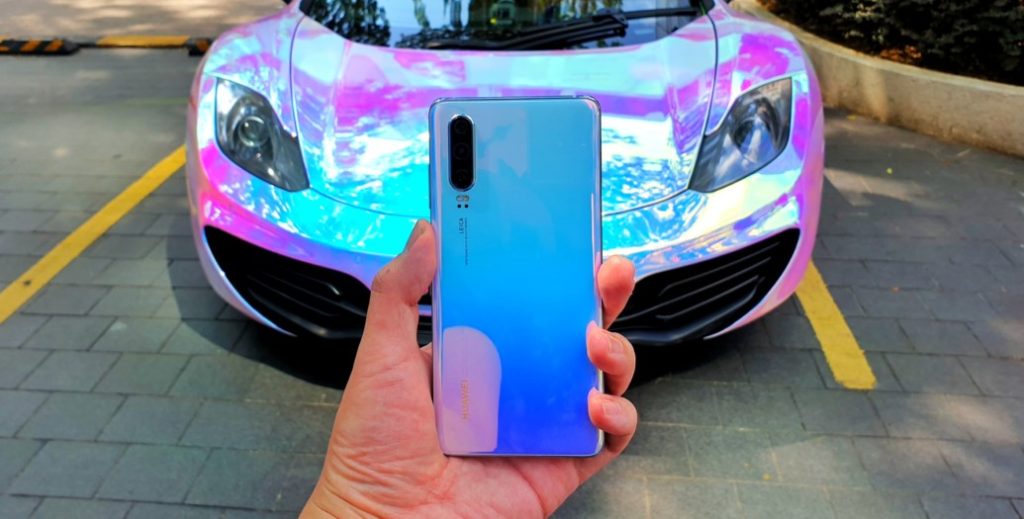
The Huawei P30 front had a distinctive aesthetic design and even better computational photography performance than the P20

Captured with the Huawei P30
Last year’s P40 series introduced an even bigger improvement with 10x optical zoom and a new Huawei XD Fusion Engine for even better computational photography.
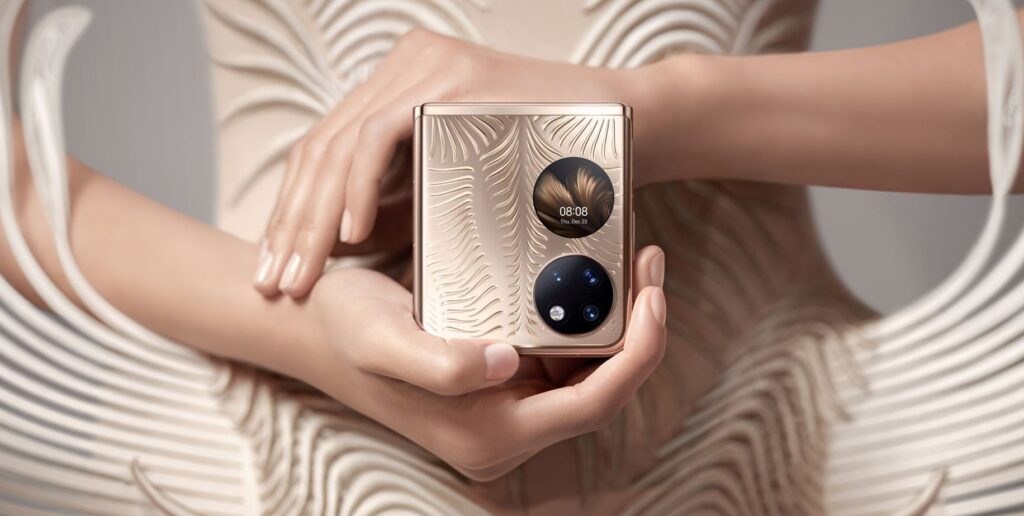
The new P50 Pro and P50 Pocket integrate Huawei XD Fusion Pro True Chroma image engine and XD Optics lenses for exceptional image quality
Now, in 2022, Huawei has managed kicked things up a notch with their P50 series smartphones that use an upgraded Huawei XD Fusion Pro True Chroma image engine and XD Optics lenses even better computational photography than before with the ability to achieve a whopping 100x zoom. We’ve managed to test the P50 Pro and P50 Pocket and both feature excellent cameras indeed.
What is the Huawei XD Fusion Pro True Chroma image engine and Huawei XD Optics in the P50 Pro and P50 Pocket?
The latest generation Huawei P50 Pro and the new Huawei P50 Pocket foldable both integrate the brand’s latest XD Fusion Pro True Chroma image engine and their XD Optics lenses that take camera performance to new heights.
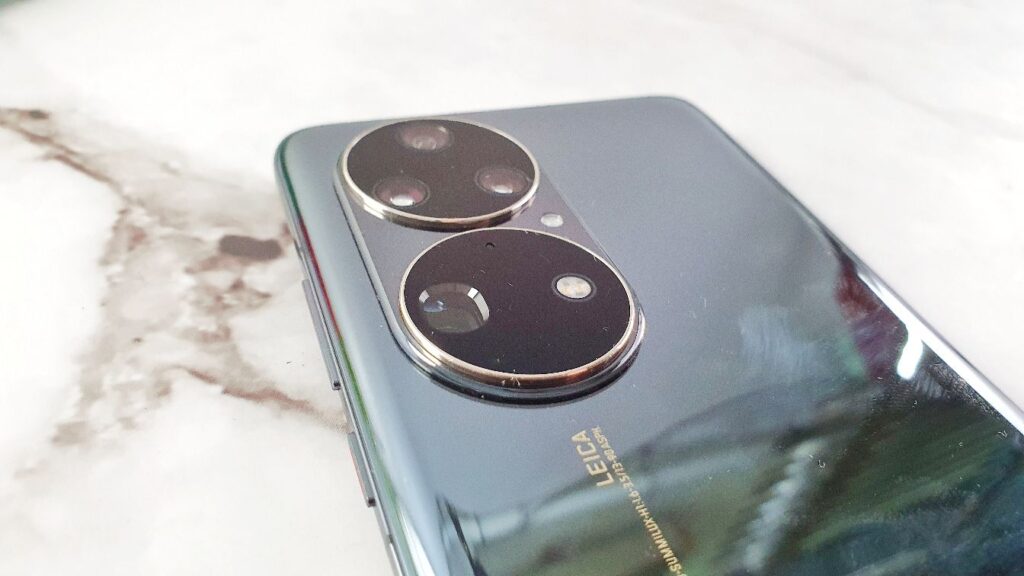
To offer better image quality with more detail retention, especially in regards to retaining and restoring details, Huawei’s XD Optics approaches the problem from an entirely different perspective.
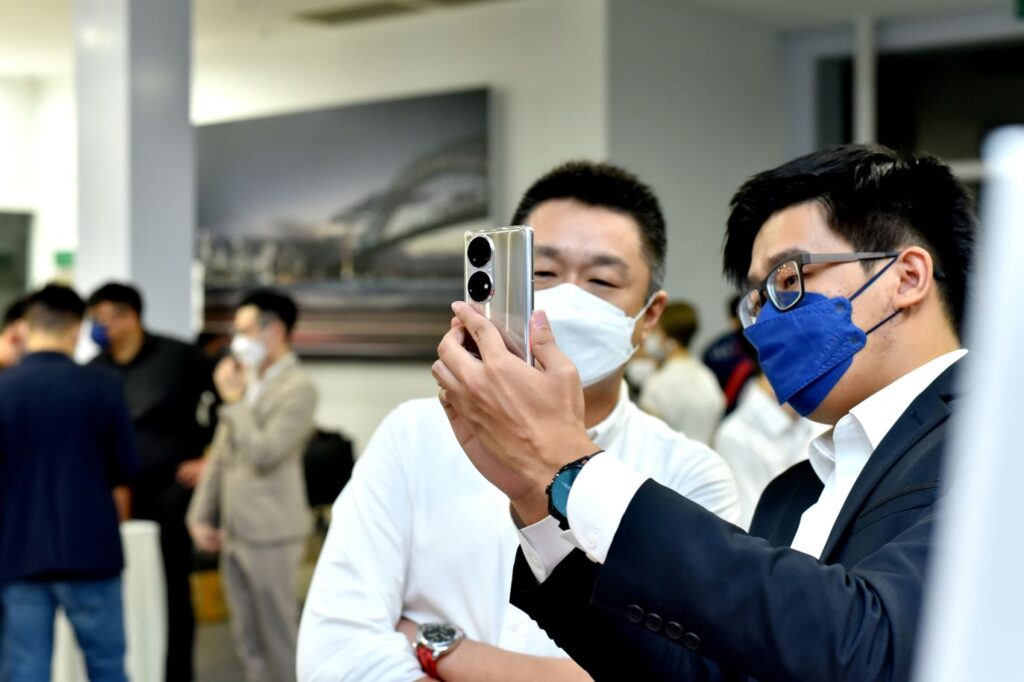
For Huawei XD Optics, the brand leverages computational optics to retain as much image information as possible when capturing an image to fill in and extrapolate nature details so that a subject looks as brilliant as it looks like in real life.
One of the biggest challenges affecting smartphone cameras are chromatic aberrations which affect how light passes through a camera lens and in turn affect the image quality. To tackle that, Huawei’s XD Optics lenses are able to tackle and resolve the major chromatic aberrations affecting photographic quality.
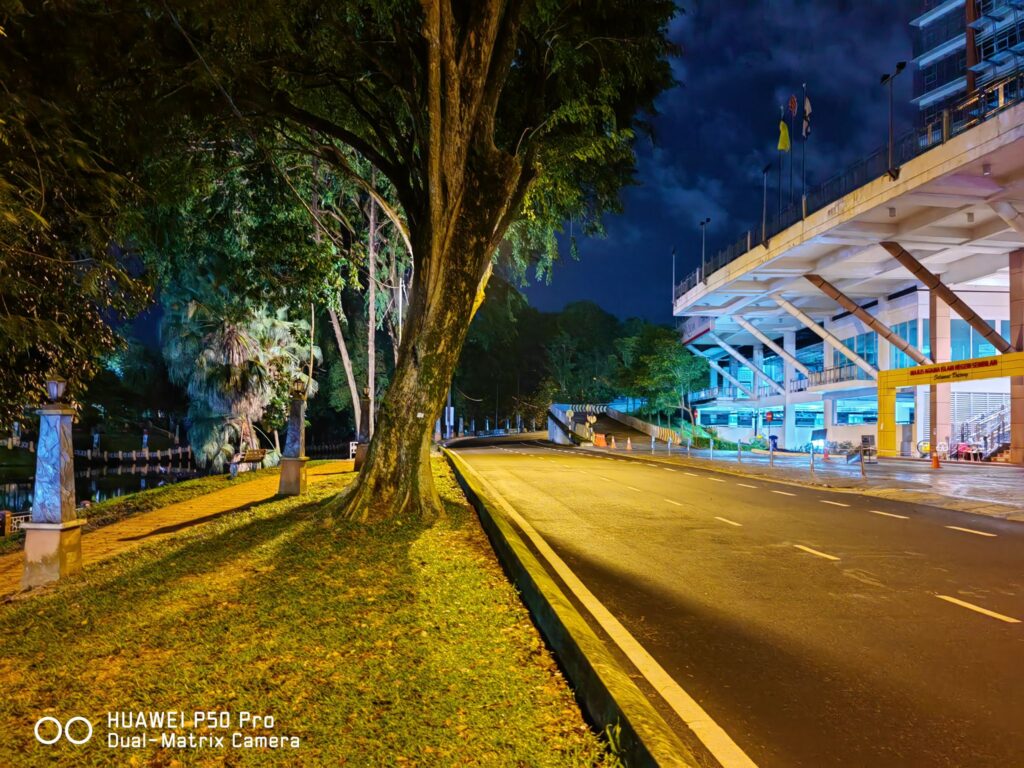
Captured with the Huawei P50 Pro

Huawei P50 Pocket review – Ultra wide angle camera on Auto
On paper, this can result in a loss of subtle image details but with Huawei XD Optics computational image recovery techniques, the cameras are able to retain and capture even up to 25% more image information to offer a richer, more detailed image.
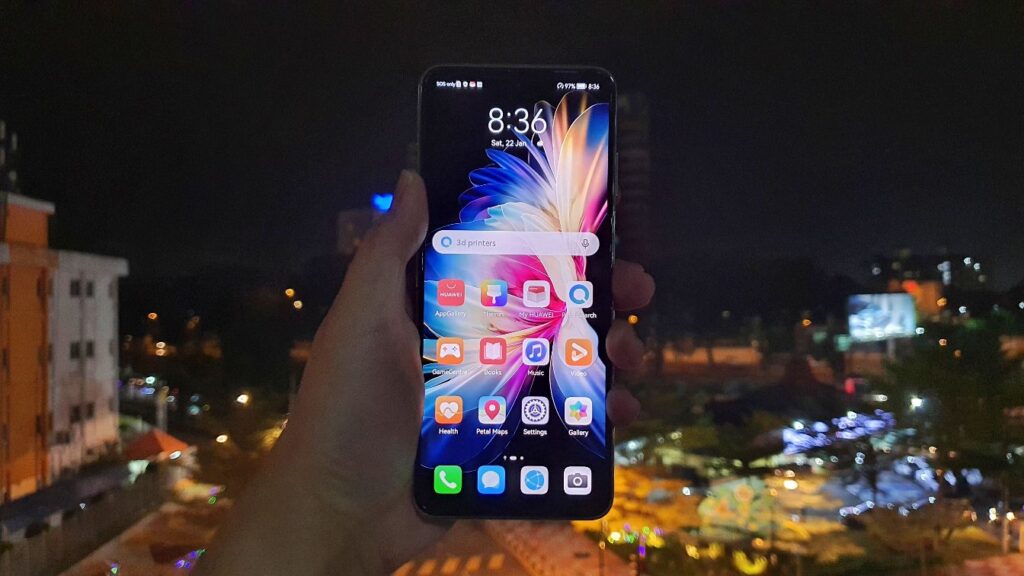
In the case of Huawei’s XD Fusion Pro True Chroma image engine, the new camera arrays in the P50 Pro and P50 Pocket leverage a colour camera sensor in tandem with a black and white camera sensor to improve light intake by 103% when capturing images and widely increasing the dynamic range by up to 28%.
This hardware and software solution combine to offer the ability to capture wider, richer and subtler nuances of colour even in closely similar items like the different shades of green in a forest or shades of lipstick in a cosmetics store.
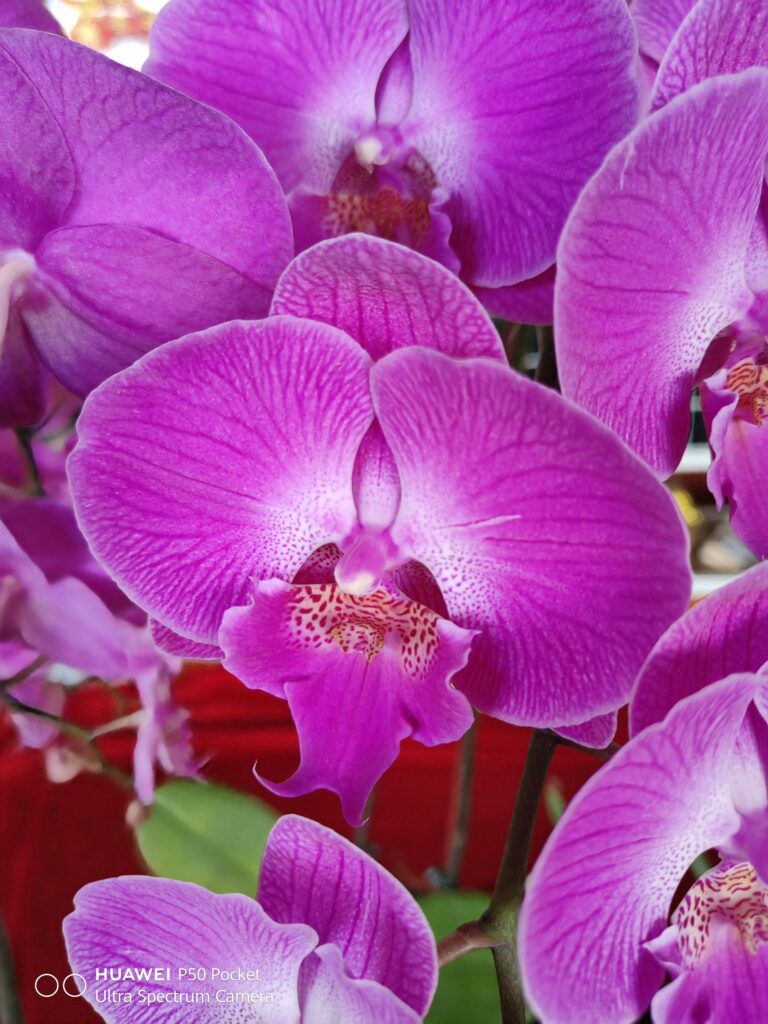
The P50 Pocket’s camera array is able to pick up subtle nuances of fuchsia in this flower thanks to its Huawei XD Optics and XD Fusion Pro True Chroma image engine
Combined, the new Huawei XD Optics and XD Fusion Pro True Chroma image engine are able to deliver enhanced low light performance and image quality greater than what mere specifications would suggest.
Where to buy the Huawei P50 Pro and P50 Pocket?
The Huawei P50 Pro and P50 Pocket are now available nationwide in Malaysia. The P50 Pro is available priced at RM4,199 in your choice of either Cocoa Gold or Golden Black while the Huawei P50 Pocket is available in White for RM5,999 while the Premium Gold variant with more RAM/storage is available for RM7,299. You can check out our P50 Pro review here for more details on how its camera system works while the P50 Pocket’s unboxing and review covers it in more detail here.
Both smartphones are available at all HUAWEI experience stores nationwide, the HUAWEI official website and all good retailers and authorised dealers in Malaysia.
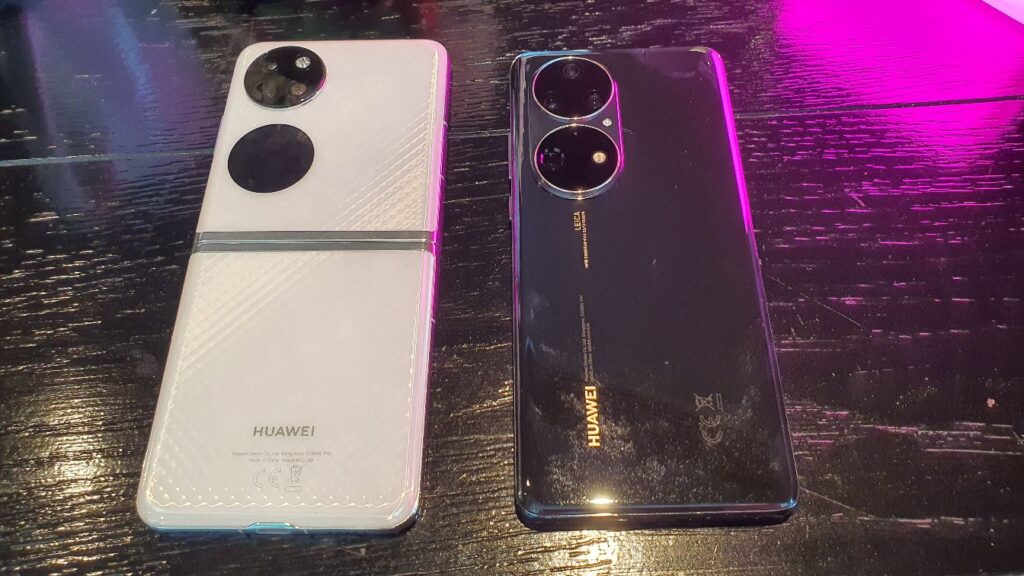
The Huawei P50 Pocket viewed side by side with the new P50 Pro
